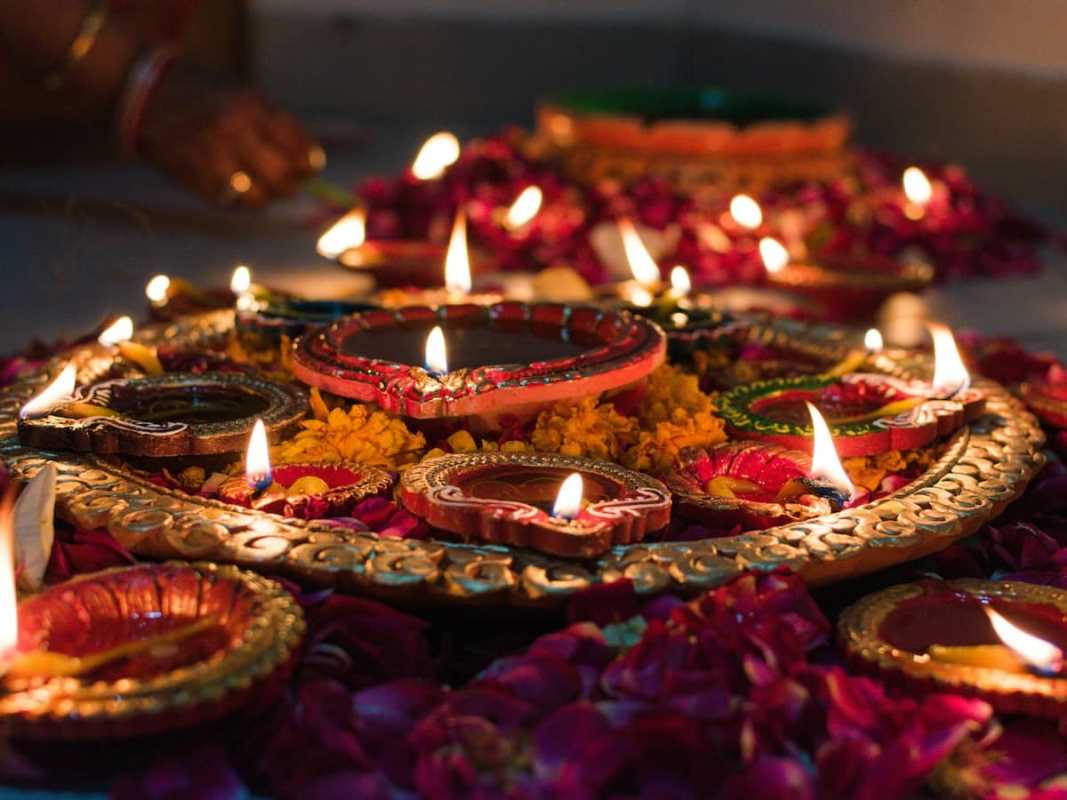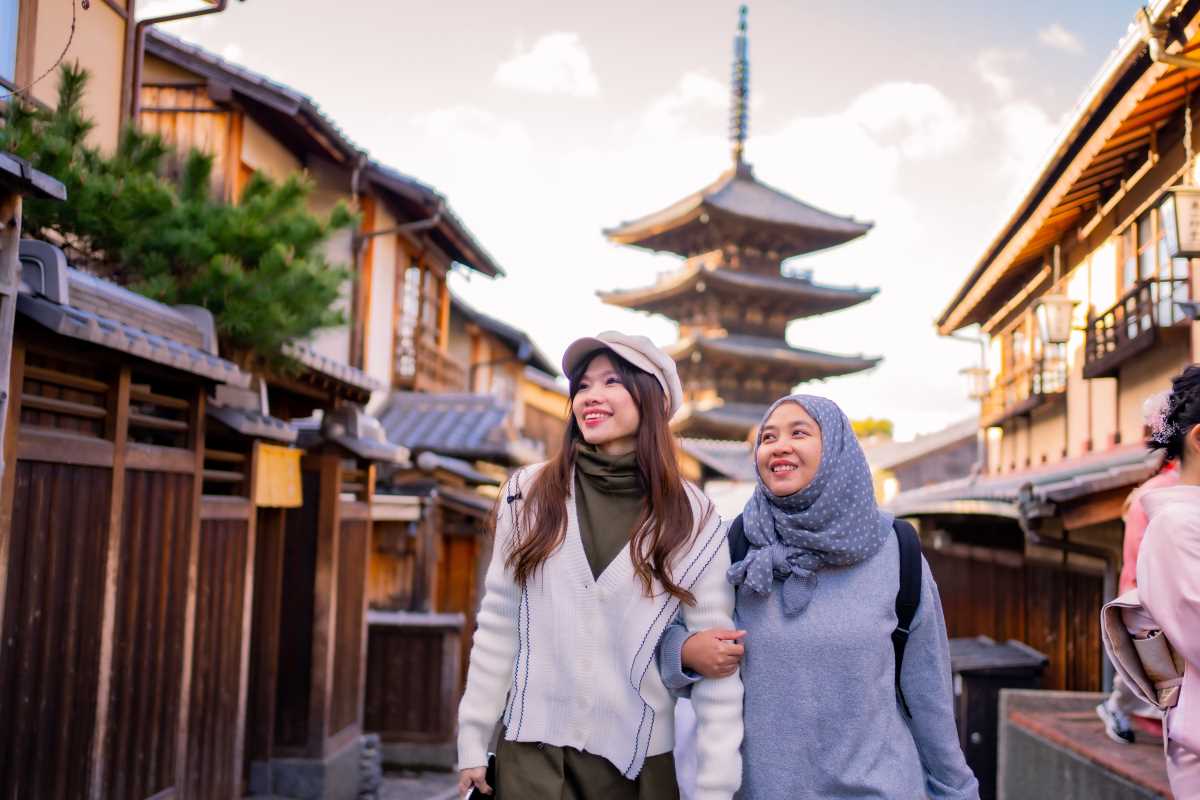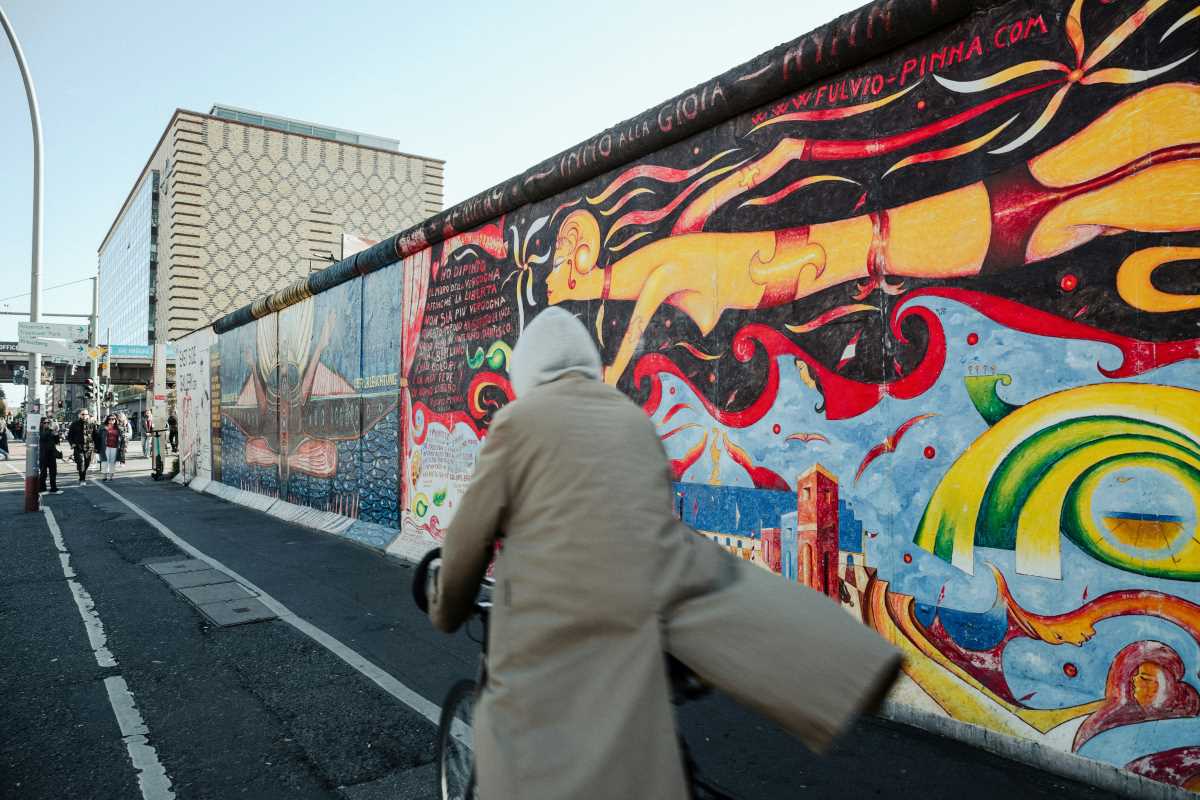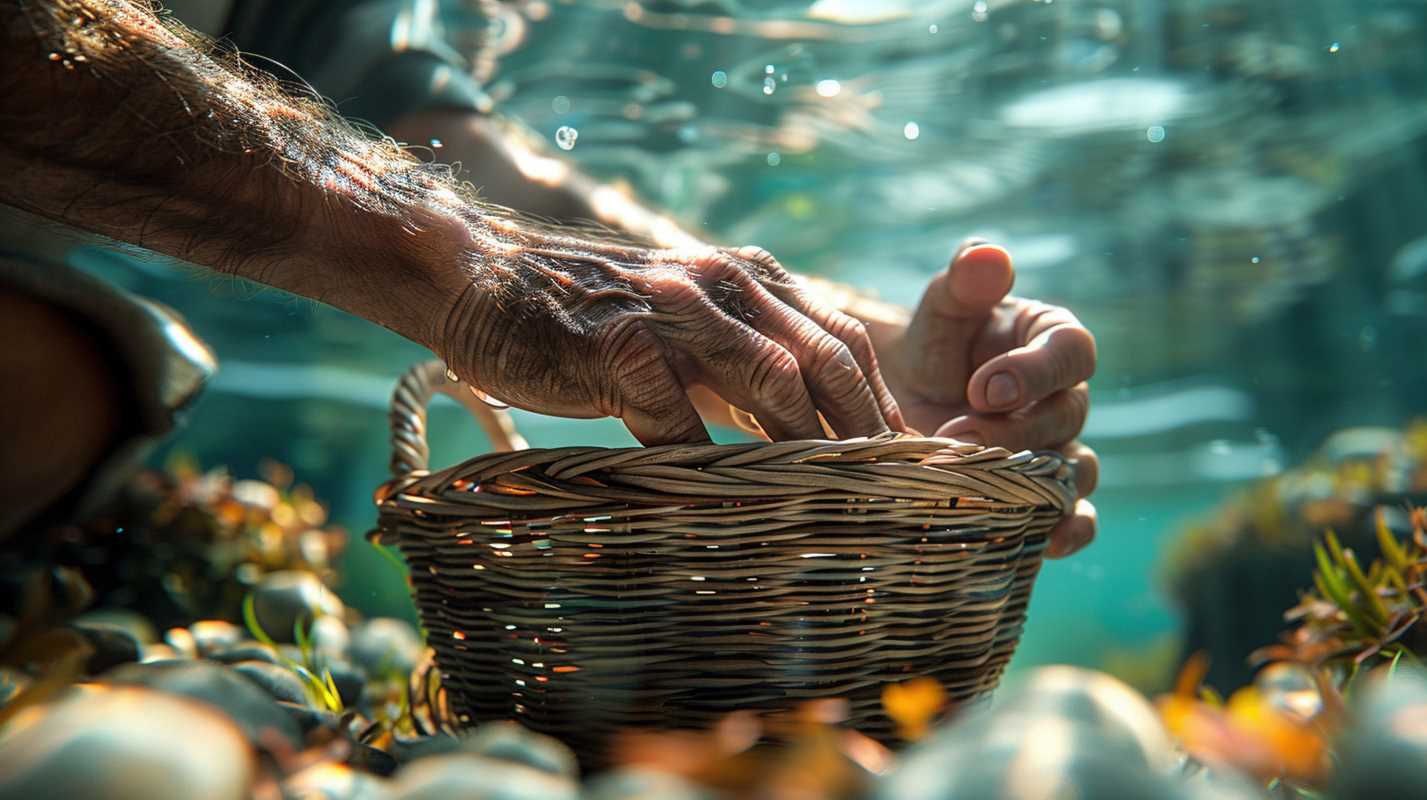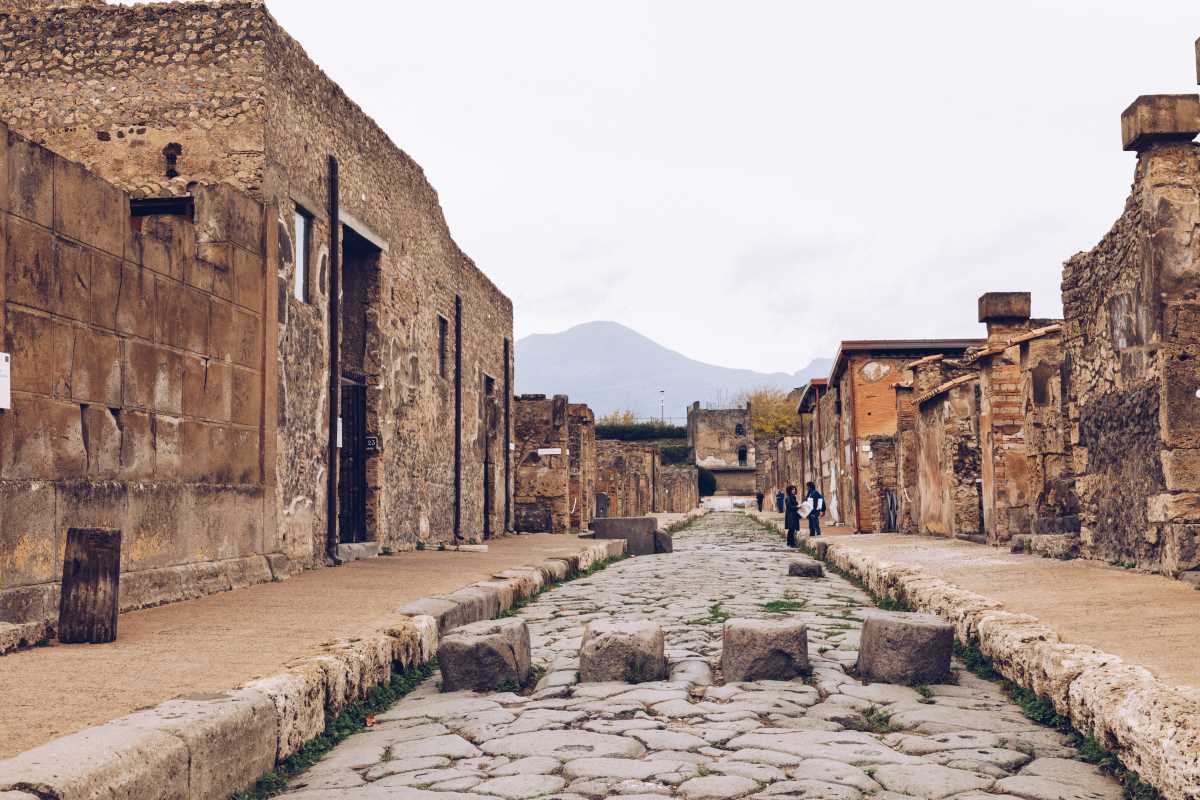Golden lanterns float over cobblestone streets while drumbeats ring out against weathered stone walls. People gather beneath glowing lights, moving together in a procession as incense swirls through the night air. Villagers dressed in woven robes carry sculptures lit by fire, bringing to life traditions that stretch back for centuries. Every sound and flicker unveils a vibrant tapestry, offering a glimpse into rituals passed down through countless generations. Curiosity leads you along winding lanes, where celebrations connect the past with the present, and ancient customs continue to shape the spirit of an entire community.
Echoes of Time in Regional Gatherings
While modern travel itineraries often highlight iconic sights, a deeper story waits in age-old gatherings. You discover unexpected connections when communities transform ordinary fields into stages for ancestral art forms. From dance patterns that map seasonal cycles to shared offerings of fruit and grain, these moments offer more than spectacle: they reveal how local identity flourishes through ceremony.
These celebrations illuminate more than heritage; they channel communal spirit. You won’t find manuals detailing every gesture or chant, but you feel the pulse of rituals refined over centuries. Each hand-carved mask and every handwoven costume hints at stories passed down by elders. Embarking on this journey turns a visit into a conversation across time, inviting you to listen rather than just watch.
Illuminating Tradition: Top 10 Festivals
- Yi Peng Lantern Festival in Chiang Mai: This northern Thai event lights up the sky with thousands of rice-paper lanterns released over the Ping River. The glowing orbs symbolize letting go of misfortune, and ticketed boat rides offer riverfront views starting at $25 per person. Join a local workshop the day before to learn lantern folding techniques from experienced artisans; showing respect and participating adds authenticity to your experience.
- Gion Matsuri in Kyoto: Held every July, this centuries-old parade features ornate, hand-carved floats that travel through ancient city streets. Free viewing areas near Shijo Station fill quickly, so arrive before dawn to claim a spot. Many families guard their viewing places with small wooden stools; observe the etiquette by avoiding stepping over reserved markers. When the floats pass, applaud softly to honor centuries of craftsmanship.
- Shravani Mela in Ujjain: Pilgrims bathe at the confluence of rivers to mark the monsoon’s arrival. While the ritual itself is open and free, hiring a local guide for about $15 ensures you gain insight into hidden riverbank shrines often overlooked by casual visitors. The guide can also introduce you to roadside stalls selling hand-painted offerings, where a small negotiation yields traditional floral garlands at friendly prices.
- Harbin Ice and Snow Festival in Harbin: Sculptors transform frozen Songhua River ice into monumental castles and figures. Entry tickets cost approximately $35, with discounts for early-morning visits to avoid crowds. Wear layered thermal clothing—and consider renting fur-lined boots on-site to stay warm while navigating slippery paths. Local vendors serve hot soy milk and lamb skewers to keep you energized between sculptures.
- Inti Raymi in Cusco: This Incan solstice celebration reenacts ancient ceremonies around the Qorikancha temple. General admission runs about $20, but you’ll find better photographs from terraces near San Blas for a small donation. Arrive at least two hours before the main ritual begins to secure a vantage point. Engage a bilingual local youth guide to decode Quechua phrases and understand symbolic offerings of corn and llama fleece.
- Semana Santa in Antigua Guatemala: Processions wind through volcanic cobblestones, carrying ornate carpets made from dyed sawdust. Many artisans begin creating designs before dawn; join a community workshop for around $10 to help shape vibrant patterns. The intricate carpets last only hours, so timing your visit midday offers the chance to see them at peak color. Tip local volunteers on proper handling to preserve the art until the procession passes.
- Carnival of Venice in Venice: Elaborate masks and period costumes harken back to Renaissance pageantry. Mask-making classes run about $50 and include local lace and feathers. Dozens of palazzo balls invite masked guests to dance behind candlelit chandeliers, with tickets starting at $75. Arrive in costume—many venues enforce dress codes—and practice walking gently on marble floors to avoid slips while wearing ornate footwear.
- Pushkar Camel Fair in Rajasthan: More than animals trade hands; you’ll find intricate folk dances and impromptu storytelling under the desert sky. Entry is free, though camping fees near the lake average $15 per night. Bring your own sleeping bag to stay warm in sand dunes, then ask a local herder for a demonstration in camel decoration; they often welcome curious travelers who respect their customs and offer small gifts like scarves in return.
- Dia de los Muertos in Oaxaca: Altars brim with marigolds, painted skulls, and sweet breads, celebrating ancestors with song and color. Guided walking tours cost around $20 and include visits to family homes. Carry small packs of incense and candles for altar offerings, and follow local advice on respectful photography: ask permission before capturing faces and private altars, offering a small token of appreciation in return.
- Songkran Festival in Bangkok: This Thai New Year water fight transforms city streets into playful battlegrounds. Water blasters sell for as little as $5, and retailers add floral-scented water to tanks. Keep electronics in waterproof pouches and volunteer at a roadside station handing out cold towels for about $10 worth of local currency to gain friendly nods. Join a community sandcastle-building event by the riverside to experience quieter traditions amid the revelry.
How to Get There and Join the Rituals
- Find transport hubs that provide direct access to festival sites; rural roads can close unexpectedly, so confirm schedules a week ahead and carry printed copies of bus or train tickets to avoid connectivity issues.
- Pack clothing you can layer and items specific to local culture such as shawls or scarves; local dress codes often honor modesty during ceremonies and help you blend in respectfully.
- Learn basic phrases in the regional language to greet hosts and ask permission before taking photos; a simple “hello” or “thank you” can open doors to behind-the-scenes perspectives.
Each festival brings history to life and turns travel into a shared journey. Let these vibrant celebrations inspire your next adventure.
